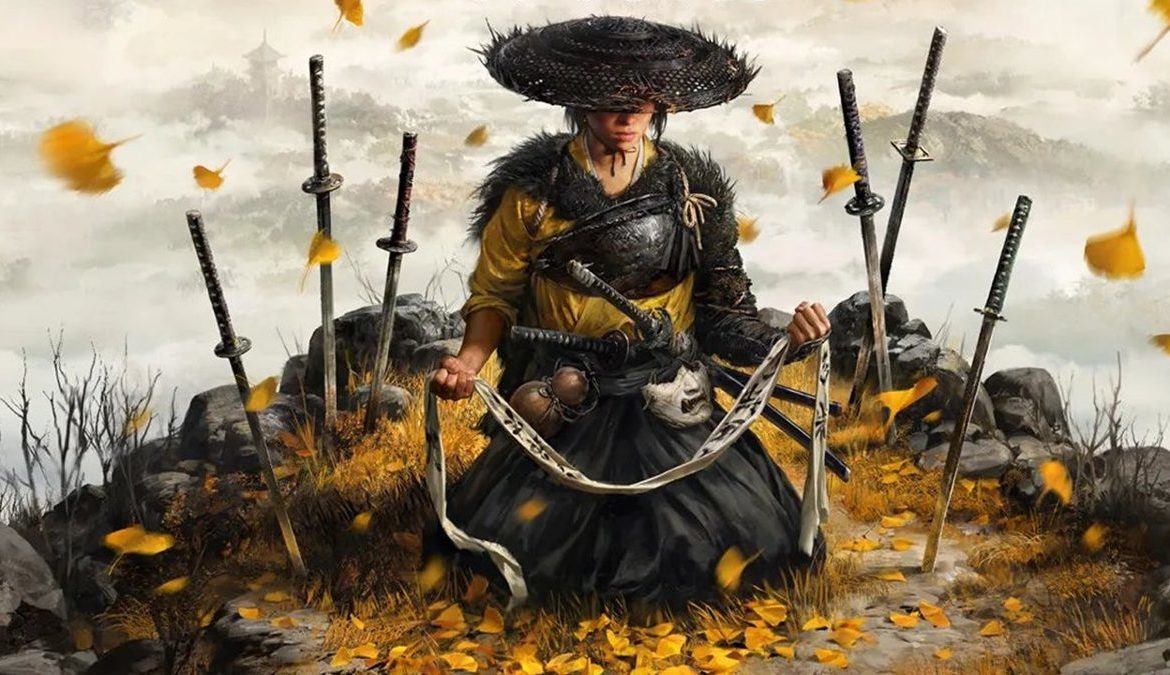It appears that at some point in 2020 or 2021, Sony bet the farm on live service games. And why wouldn’t they? During this time, Live Service titles were doing incredible numbers. Fortnite was helping Epic Games make record profits, generating $5.8billion in revenue alone. Call of Duty: Warzone was attracting an eye watering numbers of players. GTA Online was still going from strength to strength. It was a boom time for online gaming as the playing habits of an entire generation changed due to the COVID-19 pandemic. Stay home, we were instructed, so everyone picked up a controller.
Sony haven’t historically been a company that chases market trends, but the lure of taking a piece of the Live Service pie was obviously too great for them. Jim Ryan, then Sony head, had a mandate – “Make more Live Service games”. In 2022, they purchased Bungie, a company with Live Service gaming heritage, for $3.6 billion. They also green lit live service spin-offs for many of the flagship series’, including God of War, Horizon and The Last of Us. The aim? Have 12 live service games launched by the end of 2025/26.

The issue with making good quality (or even mediocre quality – ask Rocksteady) live service games is that they take time. In the 4-5 years since Sony set out their plan to release 12 live service games before the end of the 2025/26 financial year, the market has shifted dramatically, partially driven by the increased cost of living across the world. More than ever, gamers are spending time with older games, and the live service genre has become wholly feast or famine, with fewer and fewer games making it to the buffet table. While the live service bubble hasn’t entirely burst (Hello, Marvel Rivals), it has become increasingly difficult to succeed with them.
So here we are, today, in 2025, and Sony are all too familiar with the fickle nature of live service games. For every Helldivers 2, there are a dozen Concords (which I still believe was too harshly done by) on the ever growing heap of live service failures. Those 12 live service games that Sony had planned to be launched by April 2026? The number is down to 6. It appears that Jade Raymond’s Fairgame$ and Bungie’s Marathon will still be going ahead, but unannounced titles from Sony Bend and Blue Point had been cancelled. Rumour has it that one of these times was set to be the God of War live-service game. The Last of Us: Factions, the multiplayer title with a ‘massive focus’ was also cancelled.

The push towards live service games, and the subsequent cancellation of many of the projects, may leave some lasting headaches for Sony in 2025 and beyond. While Sony will have been giving the green light to single player titles, it’s unlikely we’ll see the fruit of many of these labours for a few years. This means that the only two First Party titles coming from Sony in 2025 that has an announced release window are currently Ghost of Yotei and MLB 2025. Microsoft’s decision to release many of their previously exclusive titles on the PS5 will certainly soften the impact of such an empty slate of games, but it certainly doesn’t make particularly good reading from Sony’s financial perspective.
It feels like now might be the perfect time for Sony to rediscover their roots. For many years, Sony was the home of the ‘alternative’, a haven for ‘quirky’, a sanctuary for shorter, smaller single player games with unique themes. Titles like Puppeteer, Tokyo Jungle, Dead Nation, Flower, Heavenly Sword, Journey and so many others were the product of this environment. More than a few of these became fan and critical favourites. Some were nominated for, and won, Game of The Year Awards. I’d put a small wager on all of them making money for Sony.

The benefit of reinvesting in a strategy of launching smaller, single player games is threefold. Firstly, they take a shorter amount of time to develop. With a decent enough budget, a smaller team with strong leadership and a creative vision can produce remarkable results much, much quicker than the time taken on development of a Live Service game. We see this week in, week out across the indie game scene and the AA space. Developers like Strange Scaffold have been prolific over the past few years; if Sony could incubate a number of similar studios and fund them appropriately, they’d see a steady stream of games to fill their empty slate with.
Secondly, they’re cheaper to make. Live Service games are more complex by the very nature of them. Networking, security features, anti-cheat, server maintenance; these are all costs that don’t cost anywhere near as much with smaller, single player games. Hell, even if they were to launch on PlayStation Plus, it would likely save them money they would otherwise be outlaying.

Lastly, and because of the first two points, smaller single player games are less risky right now. Sony reportedly spent a fortune and many years of support in the development of Concord, a game that lasted a matter of weeks. Other storied live service failures like Anthem cost upwards of $500m to make, with a return of a fifth of that. Once the decision to ‘turn off’ these games is made, reducing the ongoing maintenance costs, their revenue streams are reduced to zero (or a very small number, should the game be repurposed somehow). Single player games have a lower ongoing maintenance cost, however. Even if a single player game fails to light up the sales chart, you’re not lumbered with a tail of support costs. Instead, the cost risk to the company is reduced in the long term.
Of course, no single player game is going to generate the ongoing revenue that a Fortnite or GTA Online is going to make. That’s the risk you take when you invest heavily in live service games over other types of games. I’m not saying that Sony should abandon their live service dreams altogether either. But it does feel like the PlayStation of yore, the one that didn’t hesitate to greenlight a small game about a Pomeranian dog trying to survive in a deserted Tokyo, or to give the thumbs up to a short game about directing a stream of petals around a field, would help solve a lot of the issues that the PlayStation of today is having. If PlayStation’s big bet on live service games is going to flop as spectacularly as some feel it might, it would behove Sony to rediscover its quirky nature, rebuild some bridges it has burnt with indie developers, and recapture the single player magic that is sorely missing from their current slate of games. Heavenly Sword 2 anyone?
For more Features click here.
If you enjoyed this article or any more of our content, please consider our Patreon.
Make sure to follow Finger Guns on our social channels –Twitter, Facebook, Twitch, Spotify or Apple Podcasts – to keep up to date on our news, reviews and features.
